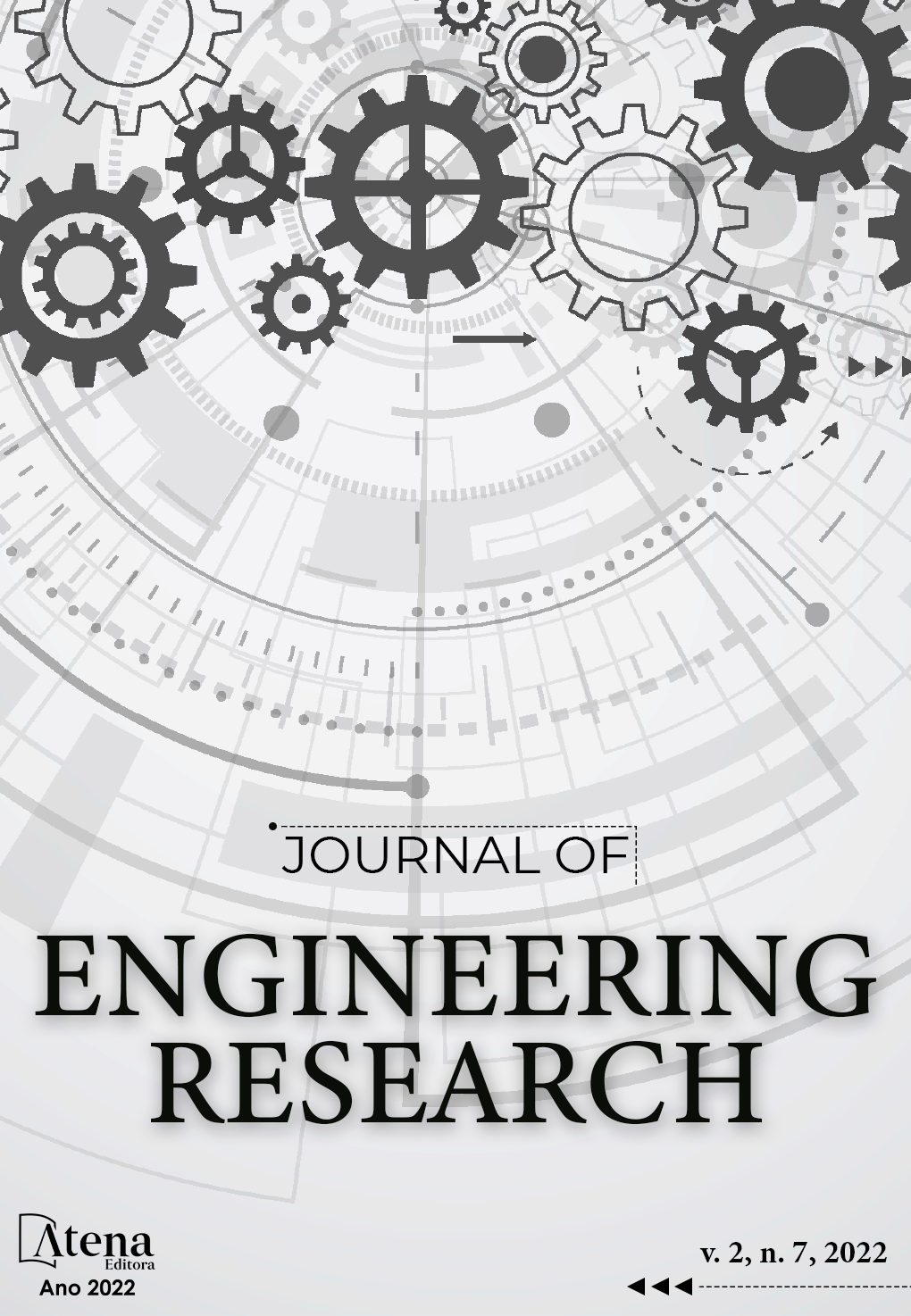
BIG DATA AND SYSTEMIC GEOINTELLIGENCE: PLATFORM FOR PROPOSING AND ANALYZING OPERATIONAL BASE COMPOSITION SCENARIOS
How will public services be operated in 3 years? And 30 years from now? How many operational bases, in which locations? This article presents the study of the influence of geographic variables and optimization models on the key performance indicators (KPIs) of AES Eletropaulo's operation in answering emergency calls. Within an innovative geographic Big Data perspective, a systemic geointelligence platform was created, and four informational perspectives were used: urban dynamics (traffic, micro-climate, trees), real estate dynamics, density of occurrences and history of displacement of the teams in the field. . Four algorithms were developed (brute force, Hillclimbing, genetic and K-means) from a computational modeling to allow the simulation of scenarios of base composition and the impact on the company's indicators (TMA in particular). The results and the analytical platform allow the realization of evaluations to become immediate and support better decisions for the distributors.
BIG DATA AND SYSTEMIC GEOINTELLIGENCE: PLATFORM FOR PROPOSING AND ANALYZING OPERATIONAL BASE COMPOSITION SCENARIOS
-
DOI: 10.22533/at.ed.317272210056
-
Palavras-chave: Big Data, Operational Base Efficiency, Systemic Geointelli-gence, Asset Management, Geographic Optimization.
-
Keywords: Big Data, Operational Base Efficiency, Systemic Geointelli-gence, Asset Management, Geographic Optimization.
-
Abstract:
How will public services be operated in 3 years? And 30 years from now? How many operational bases, in which locations? This article presents the study of the influence of geographic variables and optimization models on the key performance indicators (KPIs) of AES Eletropaulo's operation in answering emergency calls. Within an innovative geographic Big Data perspective, a systemic geointelligence platform was created, and four informational perspectives were used: urban dynamics (traffic, micro-climate, trees), real estate dynamics, density of occurrences and history of displacement of the teams in the field. . Four algorithms were developed (brute force, Hillclimbing, genetic and K-means) from a computational modeling to allow the simulation of scenarios of base composition and the impact on the company's indicators (TMA in particular). The results and the analytical platform allow the realization of evaluations to become immediate and support better decisions for the distributors.
-
Número de páginas: 8
- André Insardi, Rubens de Almeida
- Ricardo Maciel Gazoni
- Eduardo de Rezende Francisco


